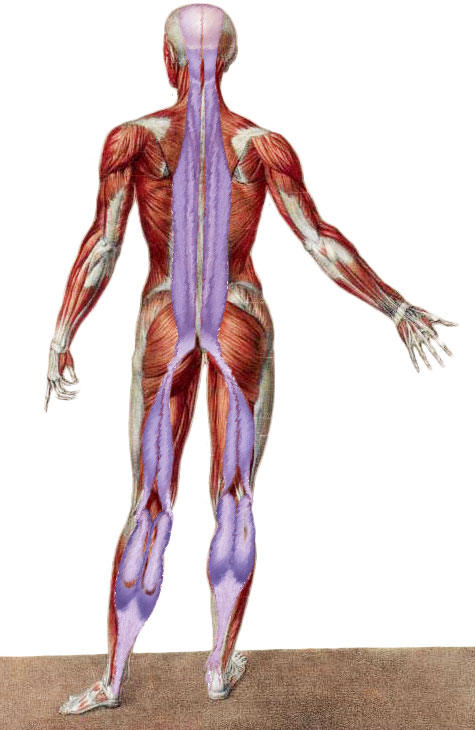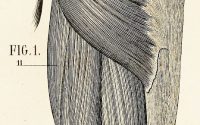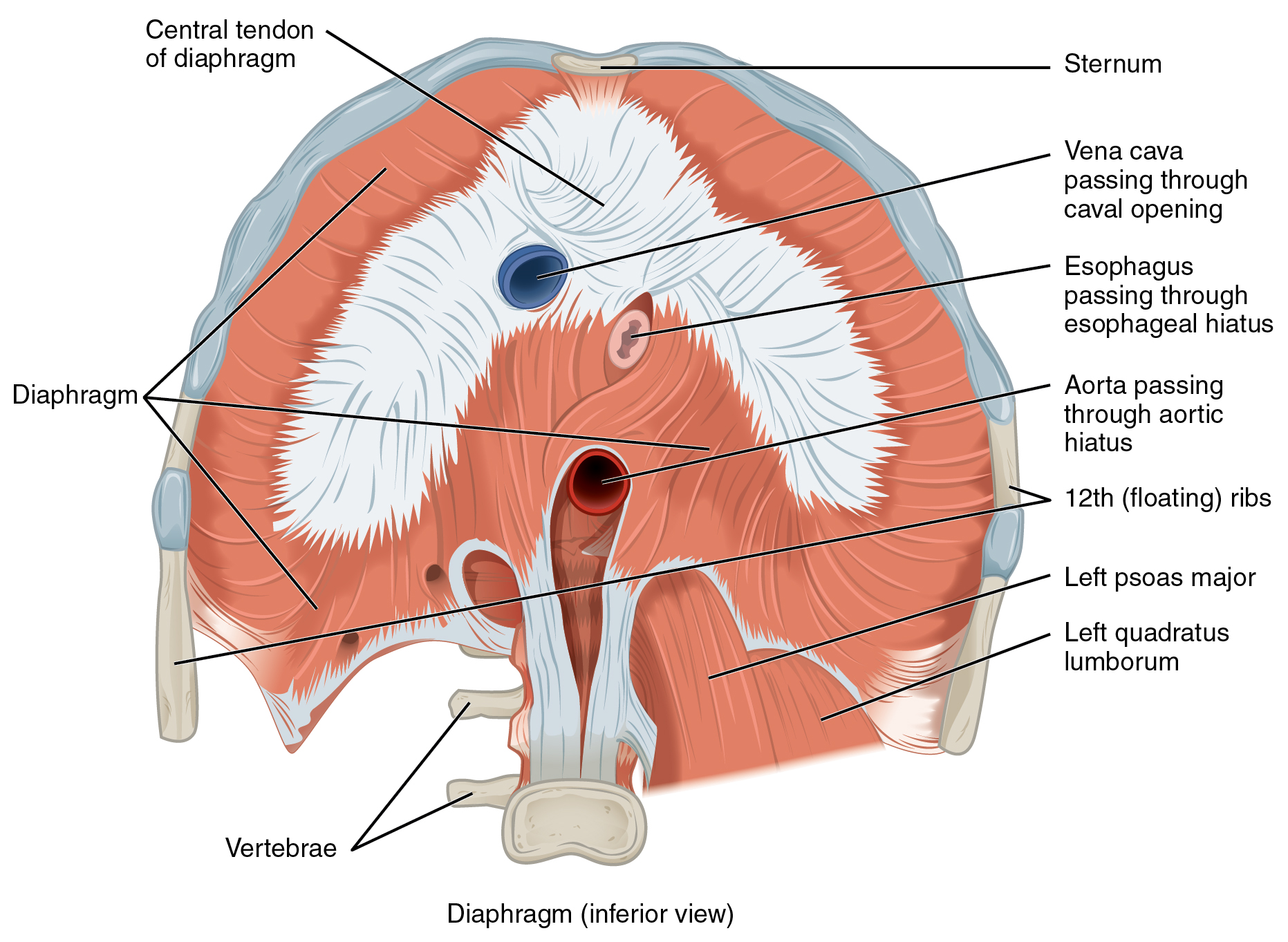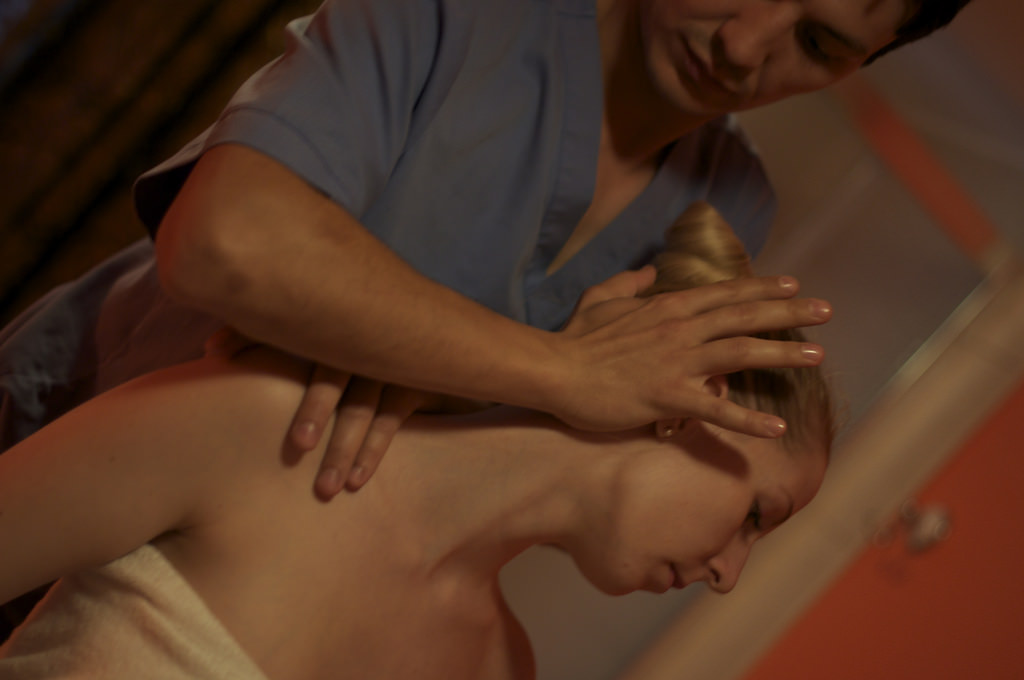Myofascial Force Transmission: Are Remote Exercise Effects Age-Dependent?
 Recent research has confirmed the occurrence of non-local exercise effects. Self-myofascial release (with the use of roller massage) of the plantar fascia can increase hamstring extensibility. A possible mechanism consists of mechanical force transmission across myofascial chains. However, as the degree of structural continuity in these chains decreases with age, the magnitude of the remote effects might also be reduced throughout the lifespan.
Recent research has confirmed the occurrence of non-local exercise effects. Self-myofascial release (with the use of roller massage) of the plantar fascia can increase hamstring extensibility. A possible mechanism consists of mechanical force transmission across myofascial chains. However, as the degree of structural continuity in these chains decreases with age, the magnitude of the remote effects might also be reduced throughout the lifespan.
A study from Goethe University in Germany examined if age affects the remote or non-local exercise effects following a self-myofascial release of the plantar fascia.
The study recruited 168 healthy participants (45±21 years, with 85 males). The participants conducted one 120 second bout of plantar foot self-myofascial release, performed in standing position. Following the treatment, hamstring extensibility was assessed using sit and reach testing. Relative pre-post differences were classified as no improvement, clinically non-relevant improvement, or clinically relevant improvement according to previously published data.
The results showed that self-myofascial release increased hamstring extensibility by 10.1% (pre: 24.9±9.7 cm, post: 27.4±9.3 cm). 99 participants (58.9 %) attained a clinically relevant change.
Data analysis demonstrated no influence of sex, amount of physical activity, height, BMI, and daytime, but a significant impact on baseline flexibility and age. The analysis further confirmed that age, corrected for baseline flexibility, had a small to moderate association with treatment effectivity.
The authors concluded that plantar self-myofascial release increases hamstring extensibility, and there is a small effect of age.
Another possible mechanism that might underlie the effectiveness of remote stretching is the involvement of the central nervous system. After all, the flexibility of musculature is largely dependent upon “muscle memory” tone, which is determined by the central nervous system’s control (specifically the gamma motor system’s control) of muscle spindle activity. Certainly, it is possible that both physical mechanical effects (myofascial meridians) and neural mechanical effects (muscle memory) are in play.


